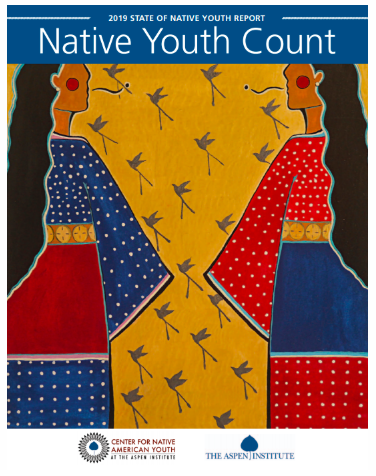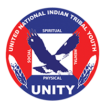 From the Center for Native American Youth:
From the Center for Native American Youth:
On November 20, the Center for Native American Youth released its annual State of Native Youth report. The report highlights young leaders who are working hard to create a brighter future for tribal nations, the programs that help them do so, and the policy issues that impact their lives. The report also shares what we’ve learned from community meetings with youth and service providers about the priorities and solutions that matter most.
The theme of this year’s report is Native Youth Count. Throughout this year’s report, we highlight the importance of Native youth civic engagement and belonging. We also feature artwork throughout the report that was submitted as part of the annual Gen-I Creative Native Call for Art. This year’s prompt was: What does citizenship and sense of belonging mean to you?
As Native youth promote wellness in their communities and tackle serious disparities in health, education, and economic opportunity, they continue to affirm the resilience of indigenous peoples and their communities. We’re proud to present the State of Native Youth report as a resource and roadmap to help decrease barriers and increase opportunity for Native youth. If you’re interested in ways to help these amazing young leaders or have questions about the report please reach out to Nikki.Pitre@aspeninstitute.org.
Click here to read the report online. Click here to print. Click here to watch the livestream.

